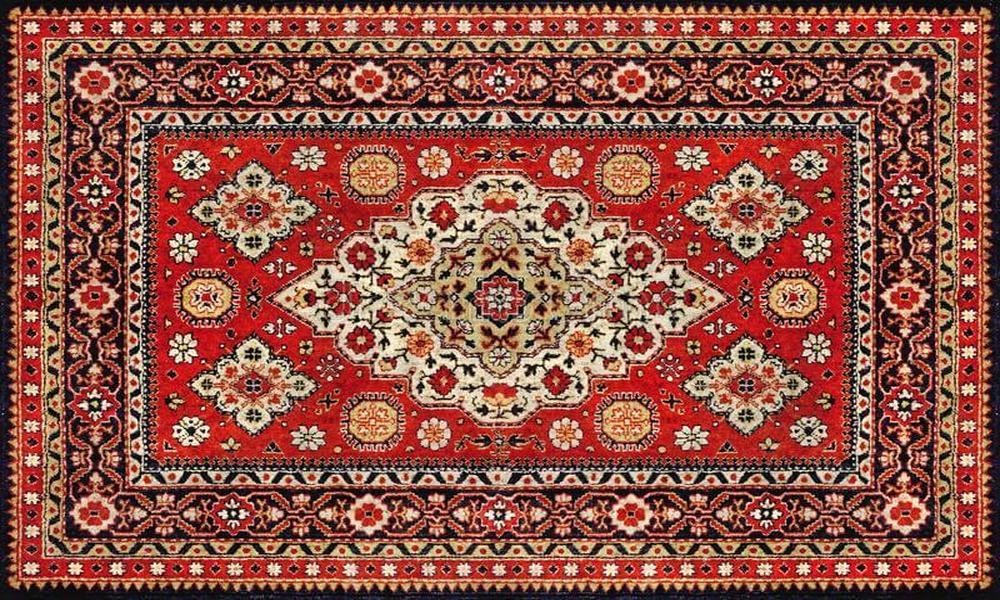Persian carpets, also known as Iranian carpets, are handmade carpets that are traditionally made in Iran. Here are some interesting facts and information about Persian carpets:
Persian carpets are considered to be some of the finest and most valuable carpets in the world. They are known for their intricate designs, high quality, and durability. The art of weaving Persian carpets has been passed down through generations of Iranian families for thousands of years. It is a highly respected and valued tradition in Iranian culture. Persian carpets are typically made of wool, silk, or a combination of the two. The wool is often sourced from sheep that are raised in the mountains of Iran, which gives the carpets a unique texture and sheen.
Each Persian carpet is made by hand, using traditional loom and weaving techniques that have been used for centuries. It can take months or even years to complete a single carpet, depending on its size and complexity. Persian carpets are known for their intricate designs, which often feature floral patterns, geometric shapes, and animal motifs. These designs are often symbolic and have cultural and religious significance. The value of a Persian carpet is determined by several factors, including the quality of the materials used, the complexity of the design, and the skill of the weaver. The most valuable Persian carpets can sell for millions of dollars.
How can you tell a good Persian carpet?
Here are some factors to consider when determining whether a Persian carpet is of good quality:
Knot count and Material:
The knot count, or number of knots per square inch, is an indicator of the quality of a Persian carpet. Generally, the higher the knot count, the better the quality of the carpet. However, knot count is not the only factor to consider, as some high-quality Persian carpets may have a lower knot count due to the complexity of the design. The material used to make the Persian carpet can also be an indicator of its quality. Wool is a common material used in Persian carpets and is known for its durability and natural oils that repel dirt and stains. Silk is another high-quality material used in Persian carpets, but it is more expensive and delicate than wool.
Design and Pattern:
The design and pattern of a Persian carpet can also be an indicator of its quality. A high-quality Persian carpet will have a well-balanced design, with clean and precise lines, and symmetrical patterns. The colors should be rich and deep, with no bleeding or fading.
Weaving technique and Origin:
The weaving technique used to make the Persian carpet can also be an indicator of its quality. A high-quality Persian carpet will have tight and uniform knots, with no visible gaps or irregularities in the weave. The back of the carpet should also be clean and well-finished. Persian carpets made in Iran are generally considered to be of higher quality than those made in other countries. This is due to the long history and tradition of Persian carpet weaving in Iran, as well as the availability of high-quality materials and skilled weavers.
Overall, determining the quality of a Persian carpet requires a combination of factors, including knot count, material, design, weaving technique, and origin. It is best to purchase a Persian carpet from a reputable dealer who can provide information and documentation about the carpet’s quality and history.


